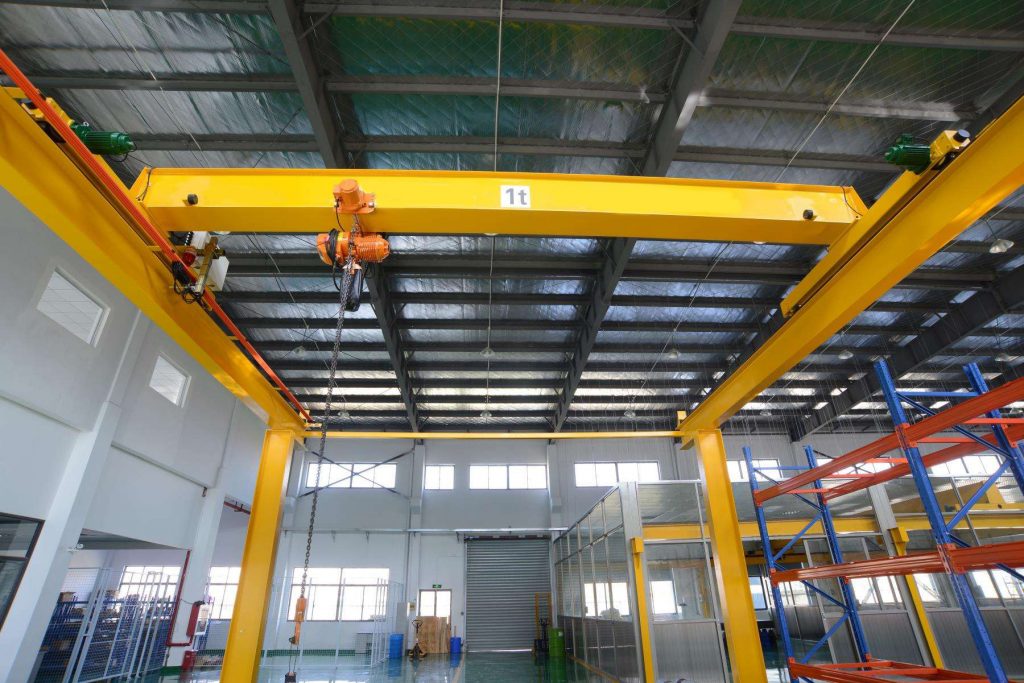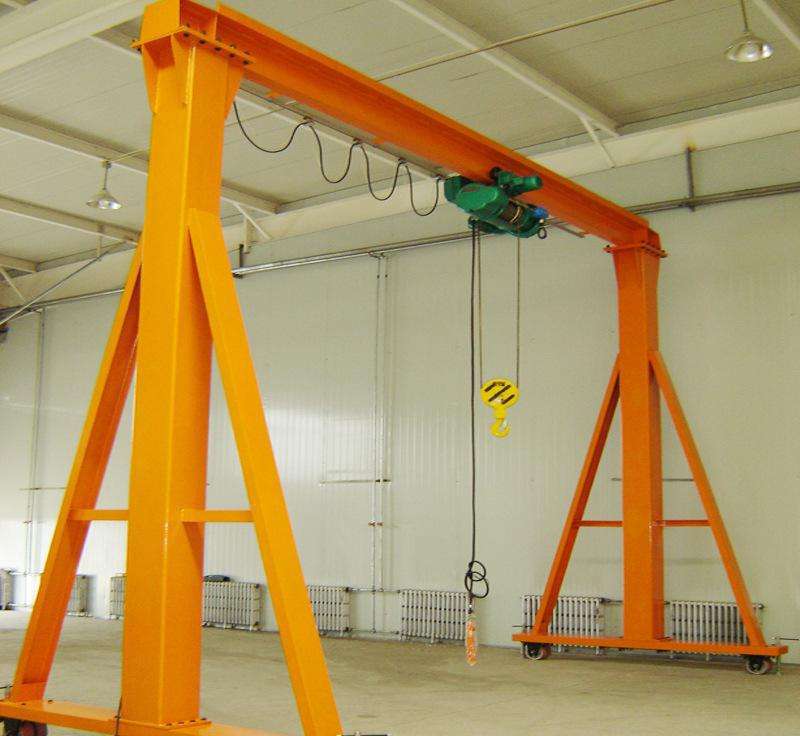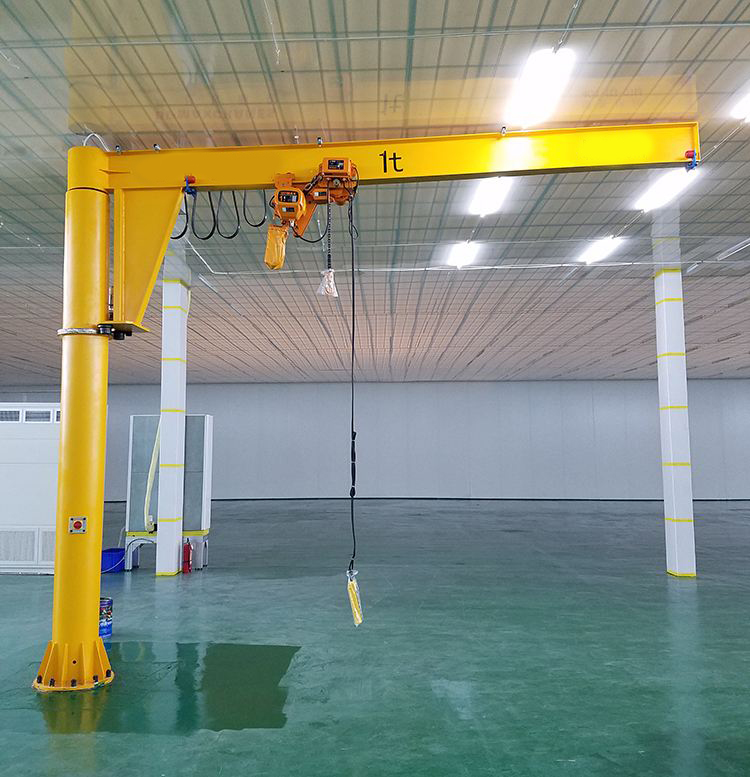Choosing 1-ton cranes can be challenging since they are available in a number of different styles. These cranes vary, both in terms of how they are installed and how they lift and move objects. When deciding on a crane for your business, you need to think about the types of tasks it has to handle as well as the design and layout of the area where it will be installed.
Below, you can find detailed information about four different types of 1-ton cranes(grúas de 1 tonelada). This should make it easier to figure out which crane style is best suited for your business.

1. Single Girder Bridge Cranes. These classic industrial overhead cranes(grúas industriales) are designed to span the width of the building where they are installed. The girder extends from one wall of the building to the opposite wall. On each end, it is attached to special tracks that allow it to move from one end of the building to the other. A trolley with an attached hoist is mounted on the girder, allowing the crane operator to pick up loads that fall anywhere underneath the path of the crane.
2. Gantry cranes. Like standard bridge cranes, these cranes have a trolley and hoist mounted on a girder. The primary difference is that the girder is attached to legs rather than being connected to the wall. Gantry cranes are typically mounted on wheels, allowing them to be wheeled around to different parts of the building so they can be used in a variety of locations. This makes them a little bit more versatile than traditional bridge cranes.

3. Jib Cranes. Unlike bridge cranes or gantry cranes where both sides of the girder are attached to a support, the horizontal boom on a jib crane is only attached at one end. The boom, which is known as a jib, is either attached to a freestanding post, to the wall of the building, or to one of the support columns of the structure. A trolley and hoist are mounted on the jib and can move along the length of it. With freestanding jib cranes, the jib can rotate around in a complete circle. With wall-mounted or column-mounted models, the jib can only rotate about 180° before it is blocked by the wall or column. Learn More: https://dmv.ny.gov/forms/mv14s.pdf
4. Workstation Cranes. These small overhead cranes are designed to serve a single workstation rather than an entire building. Because they are much smaller than traditional overhead cranes, they typically are easier and less expensive to install. Since they are so small, they usually are only capable of handling relatively light loads.

Now that you have read through this overview of four different types of 1-ton cranes, you should be in a better position to choose one for your business. When making your decision, think about the area where the crane will be installed. This will largely dictate which style is best suited for your building. You should also consider how the crane will be used. Different tasks call for different styles of cranes. Taking all of these factors into account is the best way to find the right crane(encuentra la grúa adecuada) for your circumstances.